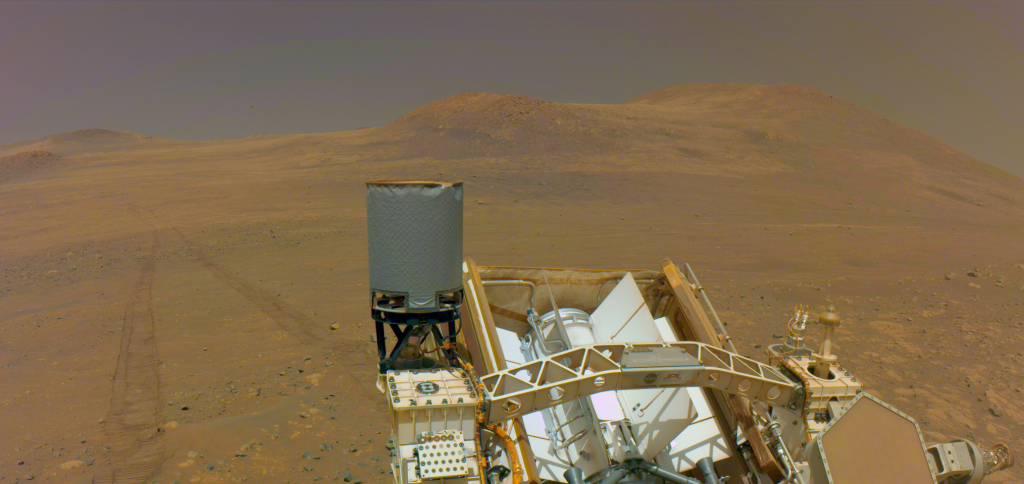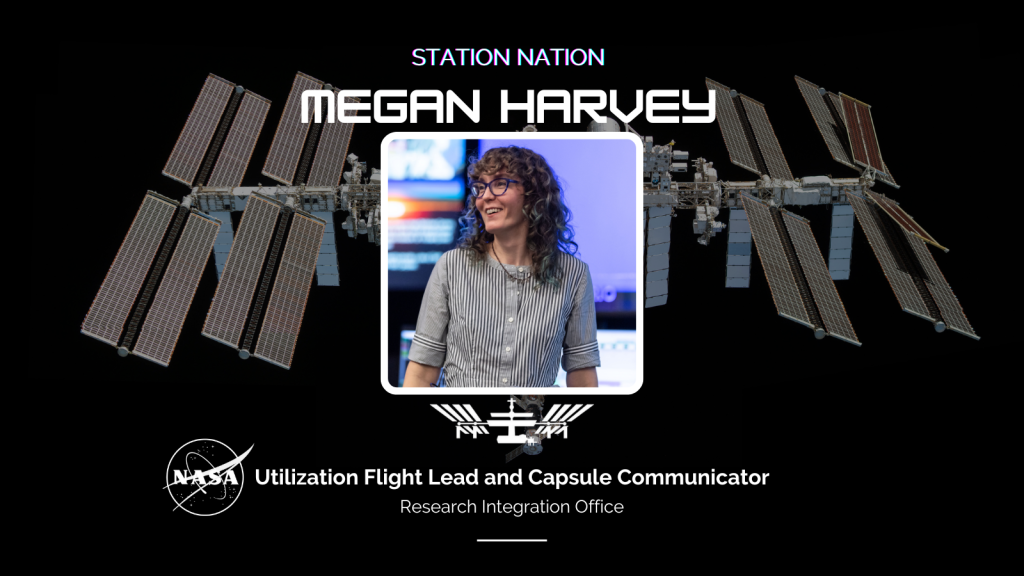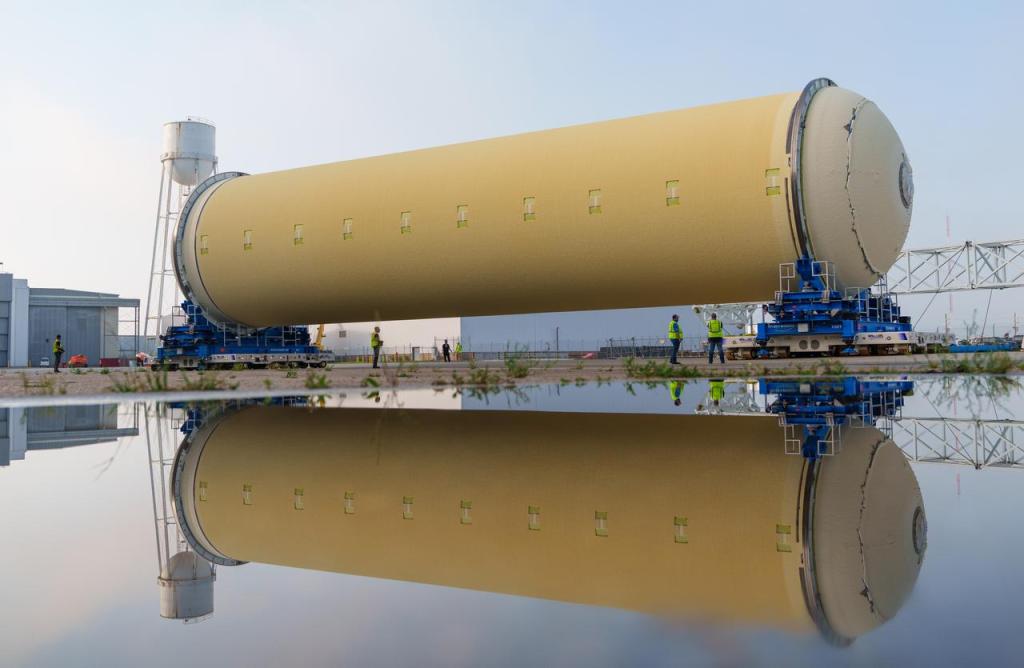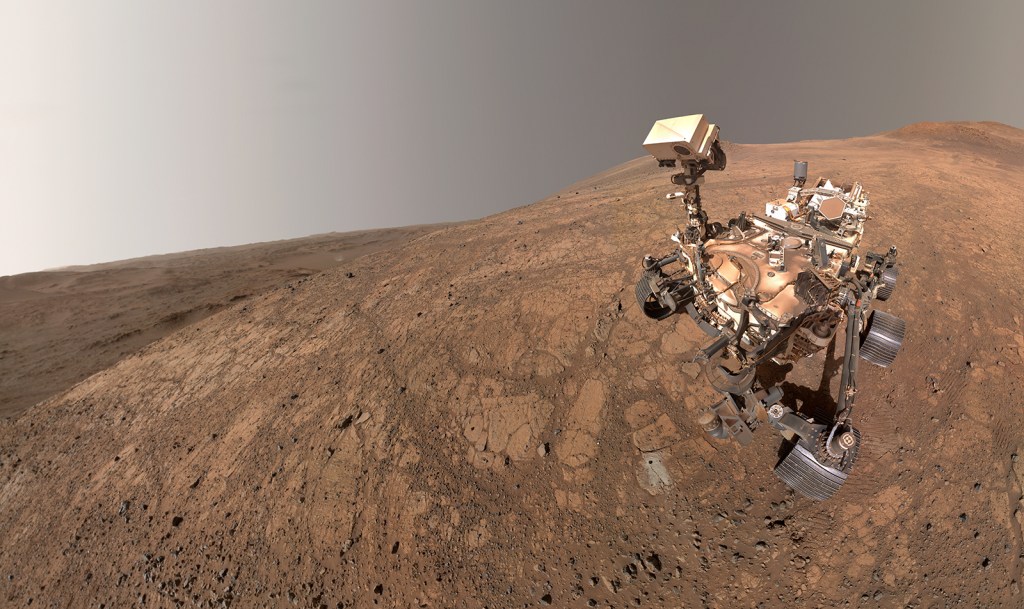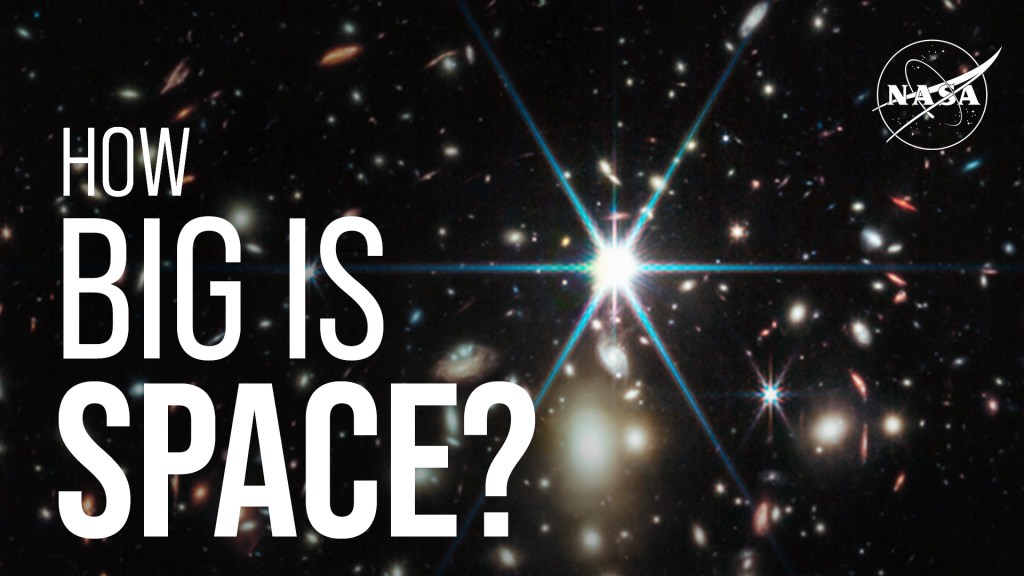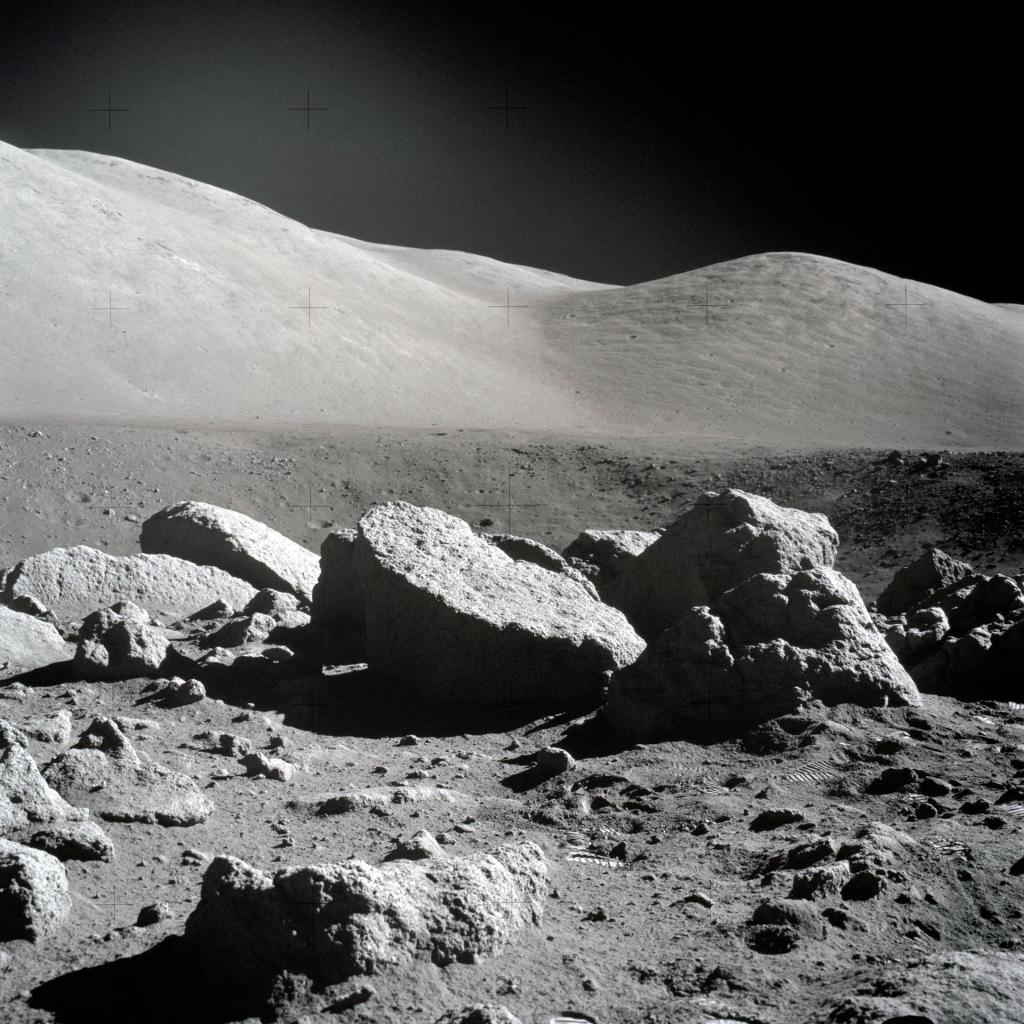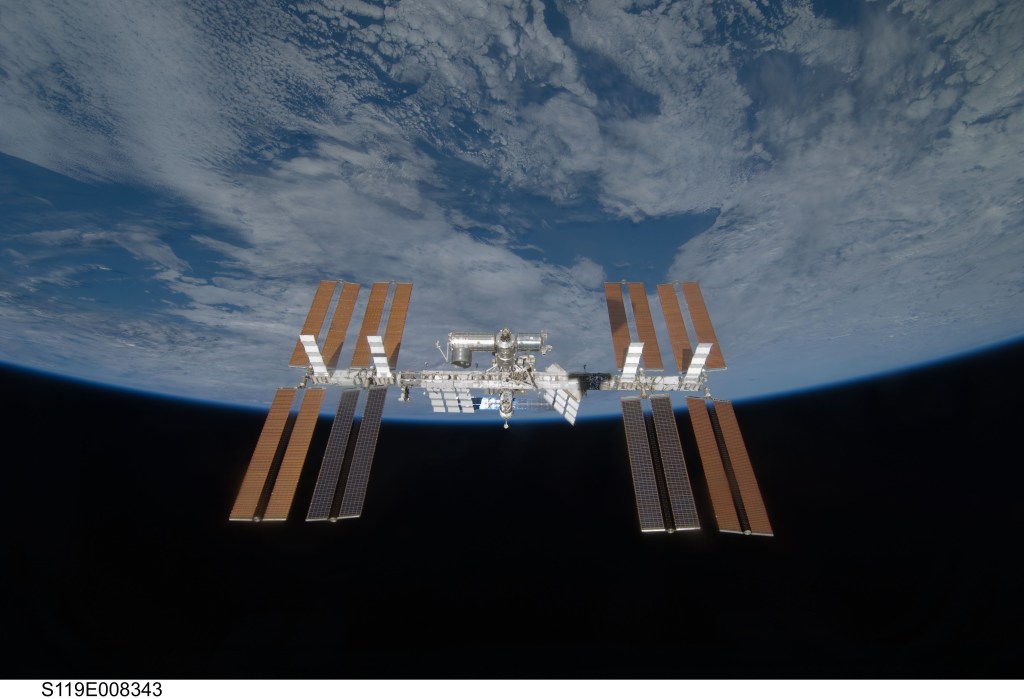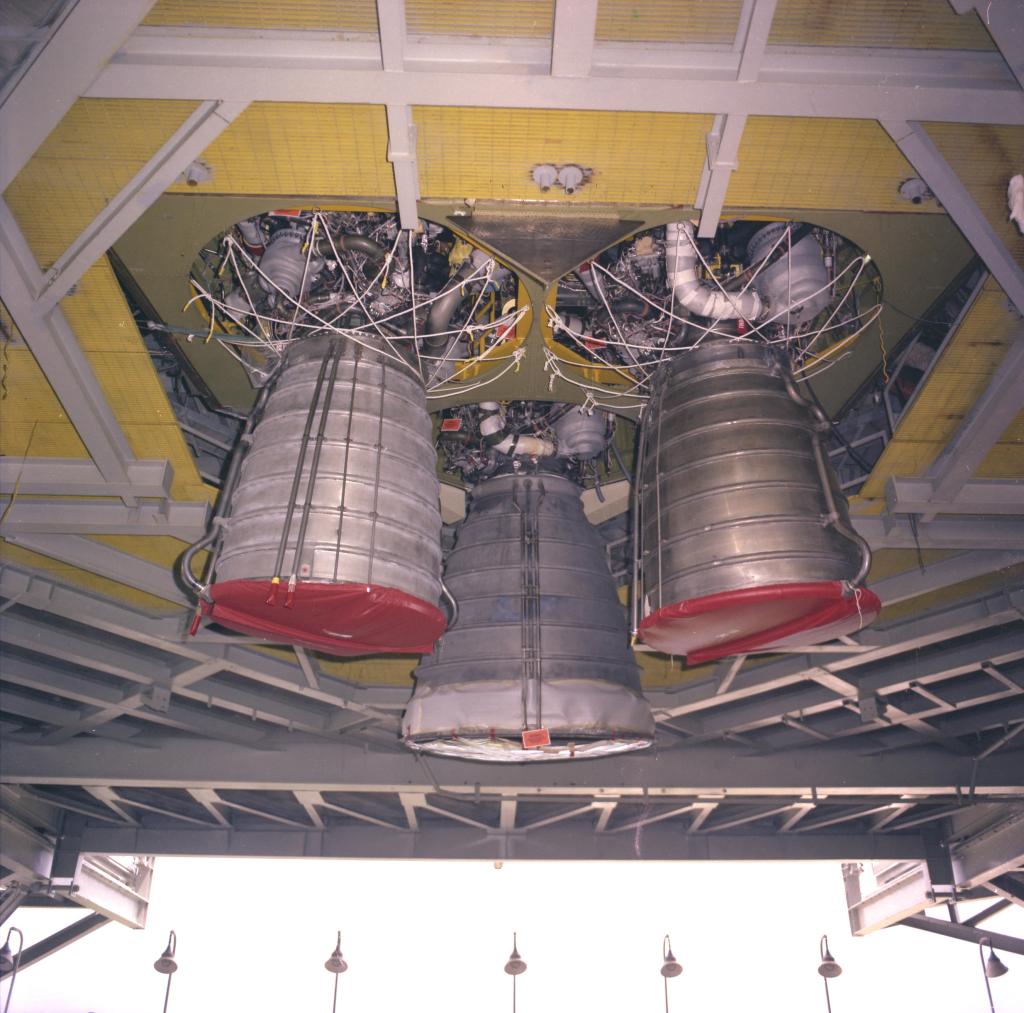Week Begins with Spacewalk Preps, Physics, and Biology Research
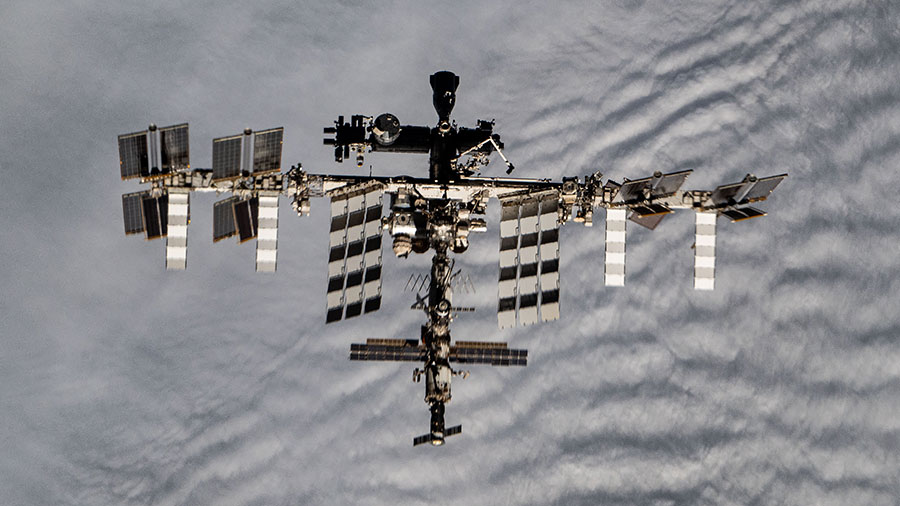
Spacesuits topped the schedule for the Expedition 72 crew on Monday as a pair of cosmonauts get ready for a spacewalk planned for next week. The International Space Station residents also kicked off the workweek focusing their research activities on physics and biology.
Flight Engineers Alexey Ovchinin and Ivan Vagner of Roscosmos are gearing up for a spacewalk expected to begin at approximately 10:10 a.m. EST on Dec. 19. The duo will open the Poisk module’s hatch and spend about six hours and 40 minutes removing external science experiments and relocating European robotic arm hardware.
Ovchinin and Vagner took turns at the beginning of their shift on Monday assessing their hand grip strength due to the dexterity required to complete their spacewalk tasks inside the pressurized Orlan spacesuits. Afterward, the cosmonauts installed a variety of life support components and other gear on their individual Orlan suits.
Current space station Commander Suni Williams and Flight Engineer Don Pettit, both from NASA, also worked on spacesuit maintenance but on the other side of the space station inside the Quest airlock. The duo scrubbed suit and airlock cooling loops, inspected life support gear, and checked out radio communications hardware ahead of more spacewalks planned for early next year.
Williams and Pettit had more tasks planned Monday including a vision test using a standard eye chart with NASA Flight Engineer Butch Wilmore. Williams also inserted samples of colloids, or particles mixed inside a substance to create a gel, inside a fluorescence microscope for imaging. Pettit with assistance from Wilmore reorganized a variety of orbital plumbing tools relocating them from the Permanent Multipurpose Module and stowing them in the Zarya module. Wilmore earlier photographed a set of CubeSats deployed into Earth orbit outside the Kibo laboratory module for education research.
NASA Flight Engineer Nick Hague spent his day on space biology research. He first worked out on the advanced resistive exercise device then jogged on the COLBERT treadmill before wearing the Bio-Monitor headband and vest for a 48-hour health monitoring session. Afterward, Hague set up a pair of research incubators inside the Columbus laboratory module.
Roscosmos Flight Engineer Aleksandr Gorbunov checked out gas supply valves for the Plasma Kristall-4 space physics experiment that may improve fundamental research methods and spacecraft designs. Gorbunov later explored futuristic spacecraft and robotic piloting techniques future crew members may use on planetary missions.
Learn more about station activities by following the space station blog, @space_station and @ISS_Research on X, as well as the ISS Facebook and ISS Instagram accounts.


